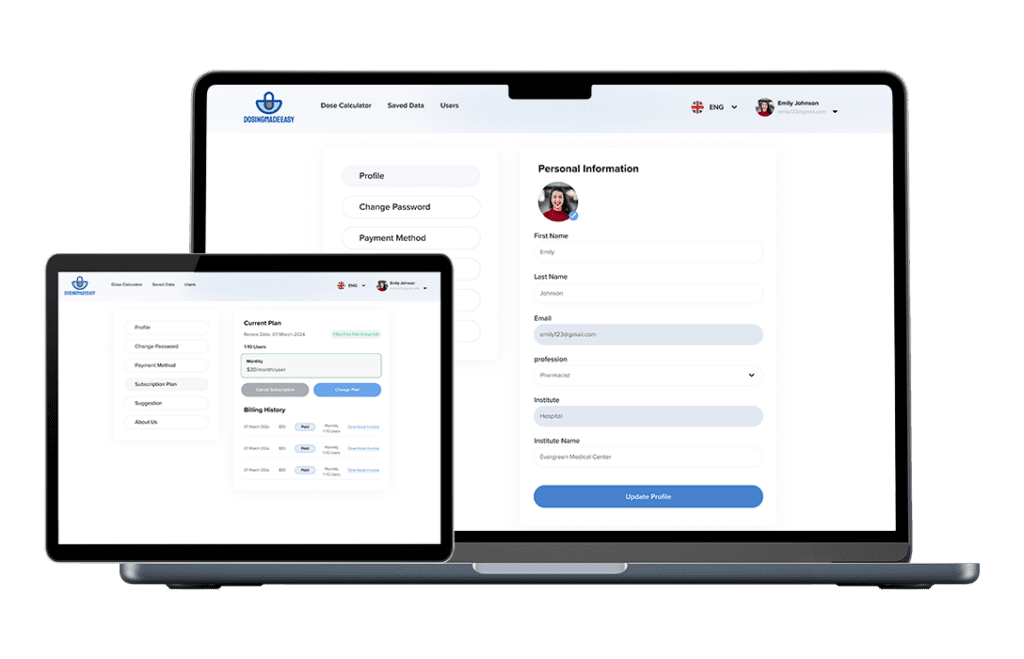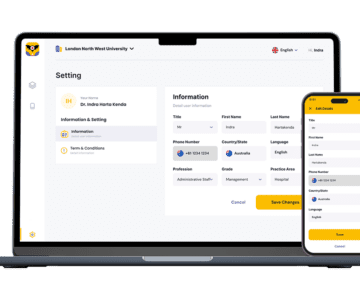As we approach 2025, businesses are facing growing pressure to implement effective IT cost reduction strategies without sacrificing performance or innovation. The widespread adoption of cloud services, escalating cybersecurity threats, and the continuous drive for digital transformation have all contributed to rising IT costs. However, with the right IT cost reduction ideas, companies can lower expenses while maintaining operational efficiency and security. We’ll explore key IT cost optimization strategies, from cloud optimization to vendor management, and provide practical insights on how to achieve meaningful IT cost savings.


Overview of IT Costs
IT costs have been steadily rising due to cloud adoption, AI investments, and increased cybersecurity demands. Nearly 66% of application software spending is projected to go toward cloud solutions by 2025, making effective cost management essential. While cloud technologies offer scalability, improper management can lead to inflated IT costs, requiring businesses to focus on reducing IT costs through optimization. According to Accenture, migrating workloads to the public cloud can result in a 30-40% reduction in Total Cost of Ownership, emphasizing the critical role cloud optimization plays in reducing costs.
AI and cybersecurity also drive expenses, with companies investing heavily in these areas to stay competitive and secure. To achieve reduce costs in IT, businesses must streamline their infrastructure, reduce expenses, optimize software licenses, and implement efficient IT cost savings ideas. Regular audits, financial management, cloud optimization, and proactive cybersecurity measures are crucial for reducing IT costs and ensuring long-term sustainability. Additionally, aligning IT expenditures with strategic business outcomes enhances business value, ensuring that every financial decision contributes to the organization's mission and goals.
What Is the Purpose of Cost Reduction?
The main goal of IT cost oprimization is to free up resources for more strategic initiatives, such as investing in new technologies or enhancing core business operations. By reducing IT costs, companies can remain competitive and flexible, allowing for innovation and growth while maintaining their service levels and operational efficiency.
These strategies help businesses eliminate unnecessary expenses, such as redundant services or unused software, and optimize infrastructure to reduce IT running costs. By cutting waste and optimizing processes, companies can operate more efficiently, stay agile, and reinvest in areas that drive growth.
IT Audit and Categorization
Before implementing any IT optimization, businesses must first conduct a comprehensive IT audit. This audit involves a detailed review of all IT-related expenses, including hardware, software, other infrastructure assets, and services. By categorizing these costs into essential and non-essential, companies can identify areas where IT ops cost reduction strategies can be applied to streamline spending. This process helps uncover inefficiencies and allows businesses to focus on critical resources while minimizing waste, laying the foundation for more strategic IT cost reduction strategies.
One critical outcome of the IT audit is identifying inefficiencies and redundancies within the IT environment. For example, overlapping software licenses or underutilized servers often lead to unnecessary expenses. By addressing these redundancies, businesses can reduce IT costs through service consolidation and better resource management.


Assessing Current IT Expenditure
A thorough review of current IT expenditures is crucial for reducing waste and identifying where IT cost cutting measures can be applied. By analyzing spending across infrastructure, software, and services, businesses can uncover opportunities to reduce waste and achieve significant IT cost savings. For example, many organizations can reduce network costs by optimizing outdated or underutilized systems and their support costs by transitioning to more efficient, cloud-based solutions.
Software licenses are another common area for potential IT cost cutting initiatives. Many companies hold unused or redundant licenses, increasing unnecessary costs. Regular audits can help eliminate or consolidate these licenses, ensuring that businesses only pay for what they actually need. Similarly, reviewing hardware usage often reveals opportunities to replace outdated equipment or virtualize resources, leading to further savings.
Top IT Cost Reduction Methods
Implementing various IT cost reduction strategies can help businesses achieve sustainable savings without sacrificing efficiency. Below are some proven cost saving methods:
Cloud Optimization
Optimizing cloud usage is one of the most impactful IT cost savings ideas available to modern businesses. As more organizations migrate to cloud platforms, managing cloud resources effectively becomes essential for controlling their operating costs. Right-sizing cloud resources means aligning cloud capacity with actual business needs, ensuring companies aren’t paying for more than they use. This involves analyzing usage patterns, scaling resources up or down as needed, and eliminating unused or redundant services. Through cloud optimization, businesses can not only reduce IT running costs, but also improve the efficiency of their operations by making sure their resources are being used optimally.
Consolidation and Virtualization
Virtualization is a critical component of IT cost reduction strategies because it enables businesses to maximize resource utilization while minimizing infrastructure costs. By consolidating multiple physical servers into fewer virtualized environments, organizations can significantly reduce hardware, maintenance, and energy expenses. For businesses looking for how to reduce IT costs, virtualization offers a powerful solution by optimizing existing resources and cutting unnecessary spending.
Virtualization also plays a key role in reducing network overhead. By virtualizing workloads, businesses can reduce the strain on their physical data centers, which in turn lowers network management and maintenance costs. This consolidation not only streamlines IT operations but also reduces the physical footprint of data centers, contributing to lower energy consumption and IT costs.
Automation and Outsourcing
Automation is a game-changer in reducing IT costs by taking over repetitive, manual tasks that would otherwise consume valuable time and resources. Automated processes, such as software patching, network monitoring, and system backups, allow IT teams to shift their focus to more strategic initiatives, such as innovation and long-term planning. By automating routine tasks, businesses can not only reduce labor costs but also minimize errors that often arise from manual intervention, leading to higher accuracy and improved efficiency all across IT operations.












